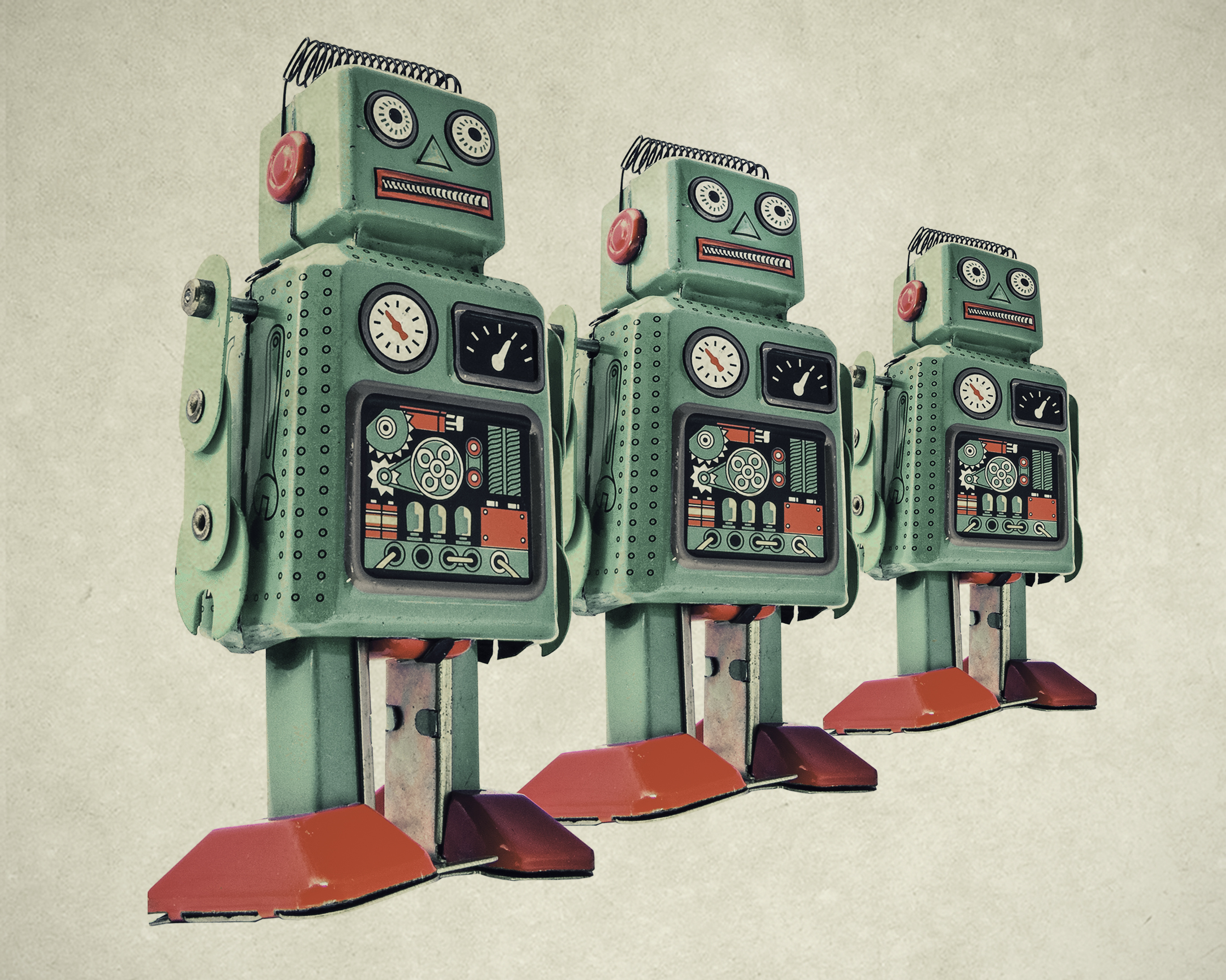
Over the past year, multiple messenger bots have launched, but does that spell the end of human interaction in retail? Not likely.
In a video produced for their Times Video channel, the New York Times demonstrates the data capabilities of WeChat, the super application that has taken over China. In the video, they weave a fictional, but completely realistic story that shows everything a user can do without ever leaving the app.
From ordering and paying for food to investing to coordinating outings with friends, WeChat is the app that has swallowed everything in China.
It isn’t a leap to assume that North American companies like Facebook, Apple, Google, and Microsoft have set their sights on a similar future. Though bots have been around since before the web browser, there has been a real push for brands to develop within the giant platforms.
Facebook, in particular, is aggressively promoting bot development within their messenger platform. At F8, their annual developer platform conference in April 2016, Facebook’s Mark Zuckerberg stated, “We think you should be able to message a business just like you’d message a friend, so today we’re launching Messenger Platform so you can build bots for Messenger. It’s a simple platform that’s powered by artificial intelligence so that you can build natural language services to communicate directly with people.”
According to reports, while the platform was popular for developers, the consumer adoption was very low. It turns out that people don’t really want to talk to a computer after all. Many of the existing chatbots try to understand natural language and emulate human interactions, but the artificial intelligence is no match for real human responses.
So, what does this mean for you as a retailer and the future of customer service?
Bots and Humans Need to Work Together
We believe that bots shouldn’t be seen as a way to automate customer interactions and replace humans, but as an opportunity to enhance human interactions.
The WeChat future is a bleak one for retailers focused on customer service. These bots are almost completely designed to take the human out of the interaction. However, artificial intelligence and bots should not be about replacing human interaction, it should be about enhancing it. This means that bots open up a new opportunity to enhance, not replace, relationships with your customers.
Here is a fictional scenario where bots and humans could work together to create a fantastic customer experience:
Your customer needs a new pair of jeans, and engages your chatbot to do a search through your catalogue.
The chatbot offers up a bunch of options in her price range, but she’s not sure if any of the styles fit her body type, so asks the chatbot to send her personal shopper a message to get advice. The personal shopper gets a message on Salesfloor and responds to the customer that the Hudson Jeans option in the mid-rise would be a great fit.
The customer has experienced the convenience of browsing the catalogue quickly while never leaving her messaging app, but the personalization of being able to connect with her associate on Salesfloor when she needs extra care.
If you can use bots to increase human presence for customers, rather than removing human presence from the equation, you will truly become omnipresent.
Bots Still Have a Way To Go
Whether it’s bots in Facebook’s Messenger, Apple’s iMessage, Google’s Allo, or something else entirely, it’s pretty clear that we’re moving towards an artificial intelligent, on-demand future where consumers will expect to do all of their organizing, chatting, reading, watching, and shopping from where they want.
However, early signs of where we are with artificial intelligence (AI) technology tell us that we have little to fear when it comes to bots taking over from humans.
In March, Microsoft launched an experimental bot with very advanced learning AI on Twitter under the name TayTweets. The idea was that the bot would listen, learn and adapt to the human conversation, responding in natural language and, hopefully, demonstrate that a computer could emulate a human being in a modern-day Turing test. In less than 24 hours, the bot had learned the very worst of human behaviour and Microsoft had to shut it down.
Though it is certainly true that AI has come a long way and is advancing quickly, it’s doubted that computers will ever be able to learn the subtleties of human interaction and the individuality of human needs – things that most people are inherently good at picking up.
Our Future with Bots
Our prediction is that bots will become another important way to communicate with customers, so it is important that retailers start thinking about how to implement bots into their channel strategies.
We don’t want to say too much yet, but we’re definitely thinking about this ourselves. However, as we think about how to meet the needs of future customer expectations, we are thinking about bots as a way to create MORE opportunities for connecting customers to associates rather than finding ways to replace this important relationship. Like the fictional scenario presented above, we imagine chatbots as a great way to lightly engage with your customers wherever they want, then hand them off to humans when they want that, too.
So, we welcome our bot friends and look forward to working with them in the future. How do you see this partnership between bots and people evolving?
Subscribe to the Salesfloor newsletter and receive retail technology insights direct to your inbox.



